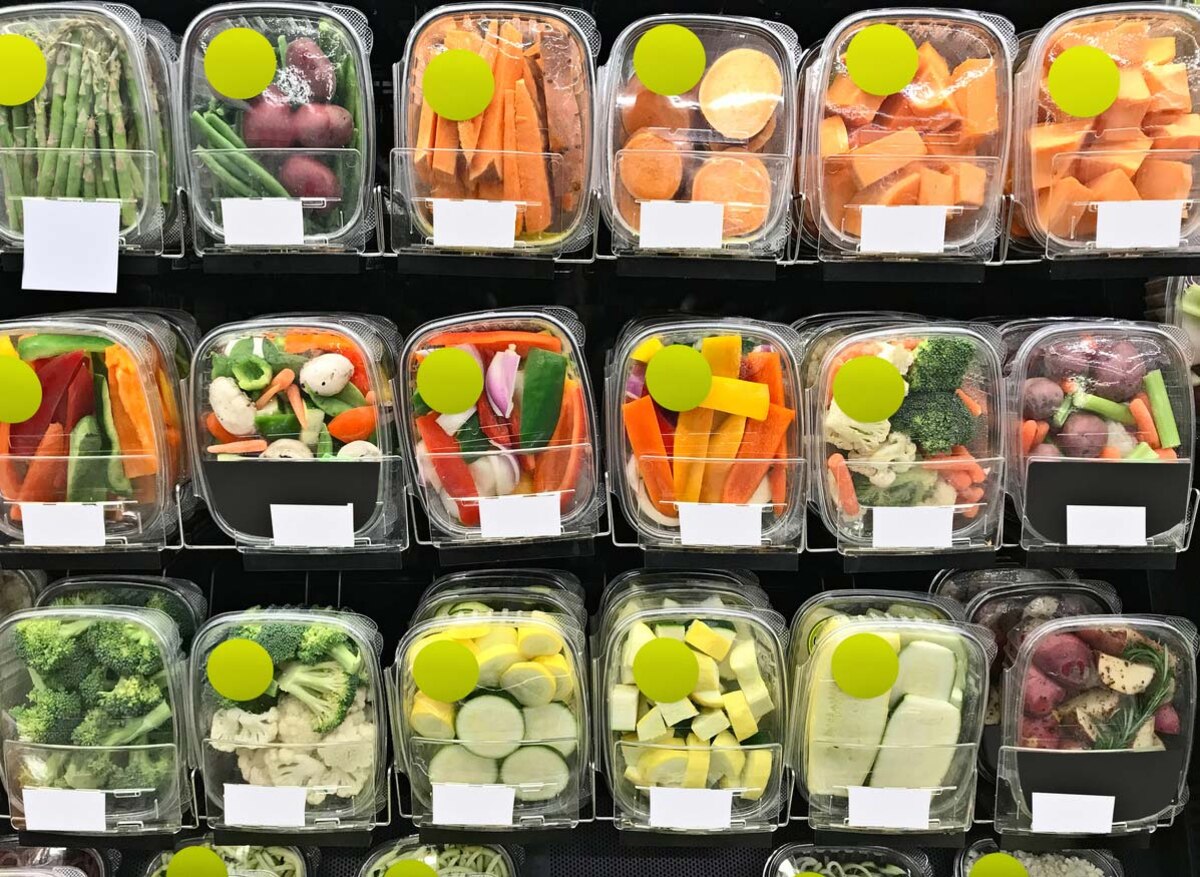

Articles
How To Store Cut Vegetables In Fridge
Modified: September 2, 2024
Learn the best way to store cut vegetables in the fridge for maximum freshness and flavor. Our articles provide helpful tips and tricks for proper storage techniques.
(Many of the links in this article redirect to a specific reviewed product. Your purchase of these products through affiliate links helps to generate commission for Storables.com, at no extra cost. Learn more)
Introduction
Welcome to our guide on how to store cut vegetables in the fridge. Whether you’re meal prepping for the week or simply looking to extend the freshness of your produce, proper storage is crucial for maintaining the quality and flavor of cut vegetables.
When it comes to storing cut vegetables, it’s important to consider factors like moisture, temperature, and the type of vegetable. Improper storage can result in wilting, spoilage, or loss of nutrients. By following some simple guidelines, you can ensure that your cut vegetables stay fresh and crisp for a longer period of time.
In this article, we’ll walk you through the steps of choosing the right vegetables, washing and preparing them, selecting appropriate storage containers, and the best practices for storing cut vegetables in the fridge. We’ll also share some expert tips on extending the shelf life of your vegetables. So, let’s dive in and learn how to keep your cut vegetables fresh and delicious!
Key Takeaways:
- Properly storing cut vegetables in the fridge involves choosing the right vegetables, washing and preparing them carefully, and using appropriate storage containers. Following these steps can extend the shelf life of your produce and reduce food waste.
- Implementing tips such as keeping vegetables dry, storing similar vegetables separately, and using fresh cutting tools can further extend the shelf life of cut vegetables. By following these guidelines, you can enjoy fresh and delicious produce for an extended period.
Read more: How To Store Cut Potatoes In Fridge
Choosing the Right Vegetables
When it comes to storing cut vegetables, it’s important to choose the right ones from the start. Some vegetables are more suitable for extended storage than others. Here are a few factors to consider when selecting vegetables:
Freshness: Choose vegetables that are fresh and in their prime. Look for vibrant colors, firm textures, and crispness. Avoid vegetables that appear wilted, bruised, or have any signs of decay.
Hardiness: Certain vegetables have a longer shelf life when cut compared to others. Root vegetables like carrots, radishes, and beets can be stored for several weeks. Additionally, vegetables like broccoli, cauliflower, and bell peppers have a good shelf life when properly stored.
Sensitivity: Leafy greens and delicate vegetables such as lettuce, spinach, and herbs are more prone to wilting and should be consumed within a few days. These vegetables are best stored as whole leaves rather than being cut.
Storage purpose: Consider the purpose for which you are cutting the vegetables. If you plan to use them for salads or raw snacking, choosing vegetables that retain their texture and flavor after cutting is essential. Opt for vegetables like carrots, cucumbers, and bell peppers, which hold up well when cut.
Seasonality: Seasonal vegetables are typically fresher and have a longer shelf life. Purchase vegetables that are in season as they tend to be more abundant, affordable, and flavorful. This also increases the chances of finding vegetables at their peak freshness.
By selecting the right vegetables, you can set yourself up for successful storage and maximum freshness. Remember to consider their freshness, hardiness, sensitivity, storage purpose, and seasonality before making your purchase.
Washing and Preparing the Vegetables
Properly washing and preparing your vegetables is crucial before storing them in the fridge. Here’s a step-by-step guide on how to do it:
- Start by washing your hands with soap and warm water to ensure cleanliness.
- Rinse the vegetables under cool running water to remove any dirt or debris. Use a gentle scrub brush for vegetables with firmer skins, such as carrots or potatoes.
- For leafy greens, like lettuce or spinach, fill a large bowl with cold water. Submerge the greens and swish them around gently to remove any dirt or sand. Repeat this process as needed until the water remains clear.
- Once the vegetables are clean, pat them dry using a clean kitchen towel or paper towels. Excess moisture can lead to bacterial growth and accelerate spoilage.
- Next, trim off any bruised or damaged areas from the vegetables. This helps to prevent the spread of decay and extends the shelf life.
- If necessary, cut the vegetables into the desired size and shape for your intended use. Some vegetables, like carrots or bell peppers, can be sliced, diced, or julienned for added convenience.
- For leafy greens, it’s generally best to store them as whole leaves instead of cutting them. Cutting them prematurely can result in wilting and a shorter shelf life.
- Once you have prepared the vegetables, it’s important to store them as soon as possible to maintain their freshness and prevent any bacterial growth.
This simple yet effective process of washing and preparing your vegetables ensures that they are clean, free of contaminants, and ready to be stored in the fridge. Remember to handle the vegetables gently to avoid any unnecessary damage.
Proper Storage Containers
The choice of storage containers plays a crucial role in keeping your cut vegetables fresh and maintaining their quality. Here are some guidelines for selecting the right containers:
- Airtight: Opt for containers that have airtight seals to prevent moisture loss and exposure to air. This helps to retain the crispness and flavor of the vegetables.
- Transparent: Choose containers that are transparent or have clear lids. This allows you to easily see the contents without opening the container, reducing the risk of unnecessary exposure and potential spoilage.
- BPA-free: Consider using BPA-free containers to ensure that no harmful chemicals leach into your vegetables. Look for labels or markings indicating that the containers are free of BPA (bisphenol A).
- Size and Shape: Select containers that are appropriately sized for the amount of vegetables you have. The containers should have enough room for the vegetables to breathe, but not too much excess space that can lead to increased moisture and spoilage. Rectangular or square-shaped containers are often more space-efficient than round ones.
- Stackable: If you have limited fridge space, opt for containers that are stackable. This allows you to make the most out of the available space and keeps your fridge organized.
- Ease of Cleaning: Look for containers that are dishwasher-safe or easy to clean by hand. Proper hygiene is essential for maintaining the freshness of your vegetables.
Investing in good quality storage containers will go a long way in preserving the quality and shelf life of your cut vegetables. When using containers, ensure they are thoroughly washed and dried before placing your vegetables inside.
Store cut vegetables in airtight containers or resealable bags to prevent moisture loss and keep them fresh. Place a paper towel in the container to absorb excess moisture and change it regularly. Keep them in the crisper drawer for best results.
Storing Cut Vegetables in the Fridge
Now that you’ve chosen the right vegetables, washed and prepared them, and have the proper storage containers ready, it’s time to store your cut vegetables in the fridge. Follow these steps to ensure optimal storage:
- Line the container: If desired, line the bottom of the container with paper towels or a clean kitchen towel. This helps absorb any excess moisture and keeps the vegetables dry.
- Place the vegetables in the container: Arrange the cut vegetables in a single layer inside the container. This allows for even air circulation and helps prevent them from sticking together.
- Avoid overcrowding: While it can be tempting to squeeze as many vegetables as possible into one container, overcrowding can lead to faster spoilage. Leave some space between the pieces to prevent them from getting crushed or bruised.
- Seal the container: Close the container tightly with an airtight lid to create a sealed environment. This helps maintain the freshness and crispness of the vegetables.
- Label and date: It’s a good practice to label the container with the contents and date of storage. This helps you keep track of how long the vegetables have been stored and prioritize them accordingly.
- Store in the right place: Place the container of cut vegetables in the refrigerator’s crisper drawer or in a designated area where the temperature is consistently cool. Avoid storing them near the fridge door, as it is prone to fluctuations in temperature.
By following these steps, you can ensure that your cut vegetables remain fresh, flavorful, and ready to use whenever you need them. Remember to check on the stored vegetables periodically and remove any pieces that show signs of spoilage to prevent the spread of decay.
Read more: How To Store Cut Broccoli In The Fridge
Tips for Extending Shelf Life
Want to make your cut vegetables last even longer in the fridge? Here are some expert tips to help extend their shelf life:
- Keep vegetables dry: Moisture can lead to spoilage, so make sure the vegetables are dry before storing them. Use a salad spinner or pat them dry with a clean kitchen towel.
- Store similar vegetables together: Certain vegetables release gases that can accelerate the ripening or spoilage of others. Keep ethylene-producing vegetables like tomatoes, avocados, and bananas separate from other vegetables to prevent them from spoiling faster.
- Don’t wash vegetables until ready to use: Washing vegetables before storage can introduce moisture, causing them to wilt or mold faster. It’s best to wash them right before consumption.
- Trim as needed: Regularly check your stored vegetables and trim off any discolored or wilted parts. This will help prevent the spread of decay and extend their overall freshness.
- Don’t mix herbs with other vegetables: Herbs have unique storage requirements and can impart their strong flavors onto other vegetables. Store herbs separately in airtight containers or wrap them in damp paper towels and place them in a zip-top bag.
- Use fresh cutting tools: Dull or dirty knives can damage the vegetables and introduce bacteria. Ensure that your cutting tools are clean and sharp to make clean cuts.
- Rotate your vegetables: When taking vegetables out of the fridge, use the ones that were stored earlier to ensure you consume them before they spoil. This helps minimize waste and ensures you enjoy the maximum freshness of your produce.
- Consider blanching: For certain vegetables like broccoli, carrots, or green beans, blanching before storage can help retain their color, flavor, and texture. Blanch them in boiling water for a short period, then cool and drain before storing.
By following these tips, you can significantly extend the shelf life of your cut vegetables and minimize food waste. Incorporate these practices into your routine to enjoy fresh and delicious vegetables for longer periods.
Frequently Asked Questions (FAQs)
Here are some commonly asked questions about storing cut vegetables in the fridge:
- Can I store all types of vegetables in the same way?
- How long do cut vegetables stay fresh in the fridge?
- Can I store cut vegetables with fruits?
- Can I freeze cut vegetables?
- What is the best temperature to store cut vegetables in the fridge?
- Should I wash my vegetables before storing them?
- How do I know if cut vegetables have gone bad?
No, different vegetables have different storage requirements. Leafy greens like lettuce should be stored as whole leaves, while harder vegetables like carrots or bell peppers can be sliced or diced.
The shelf life of cut vegetables varies depending on the type and how they are stored. Generally, most cut vegetables can stay fresh for 3-7 days when stored properly.
It is generally not recommended to store cut vegetables with fruits, as fruits release ethylene gas, which can accelerate the ripening and spoilage of vegetables. Store them separately to extend their freshness.
While it is possible to freeze some cut vegetables, the texture may change upon thawing. Freezing is best suited for vegetables that will be used in cooked dishes or in soups, rather than for raw consumption.
The ideal temperature for storing cut vegetables in the fridge is between 35°F (1.7°C) and 40°F (4.4°C). Avoid storing them near the refrigerator door, as it is prone to temperature fluctuations.
It’s generally recommended to wash vegetables right before using them rather than before storing. Washing can introduce moisture, which can cause vegetables to wilt or spoil faster.
Signs of spoilage in cut vegetables include browning or slimy texture, a foul odor, or mold growth. If you notice any of these signs, discard the vegetables to prevent foodborne illness.
Remember to use your best judgment when assessing the freshness of cut vegetables. When in doubt, it’s always safer to err on the side of caution and discard any vegetables that appear questionable.
Conclusion
Properly storing cut vegetables in the fridge is essential for maintaining their freshness, flavor, and nutritional value. By choosing the right vegetables, washing and preparing them carefully, using appropriate storage containers, and following the recommended storage practices, you can extend the shelf life of your cut vegetables and reduce food waste.
Remember to consider factors like freshness, hardiness, sensitivity, storage purpose, and seasonality when selecting your vegetables. Washing them thoroughly and drying them well before storage helps prevent spoilage. Use airtight, transparent, and appropriately sized containers to keep the vegetables in the fridge. Storing them in the right place and rotating them regularly ensures they stay fresher for longer.
Additionally, implementing tips such as keeping vegetables dry, storing similar vegetables separately, and trimming as needed, can further extend their shelf life. Blanching certain vegetables before storage and using fresh cutting tools are also beneficial practices.
By following these guidelines and taking proper care of your cut vegetables, you can enjoy fresh and delicious produce for an extended period. So, get started with implementing these storage techniques and elevate your culinary experience with crisp and flavorful cut vegetables!
Frequently Asked Questions about How To Store Cut Vegetables In Fridge
Was this page helpful?
At Storables.com, we guarantee accurate and reliable information. Our content, validated by Expert Board Contributors, is crafted following stringent Editorial Policies. We're committed to providing you with well-researched, expert-backed insights for all your informational needs.
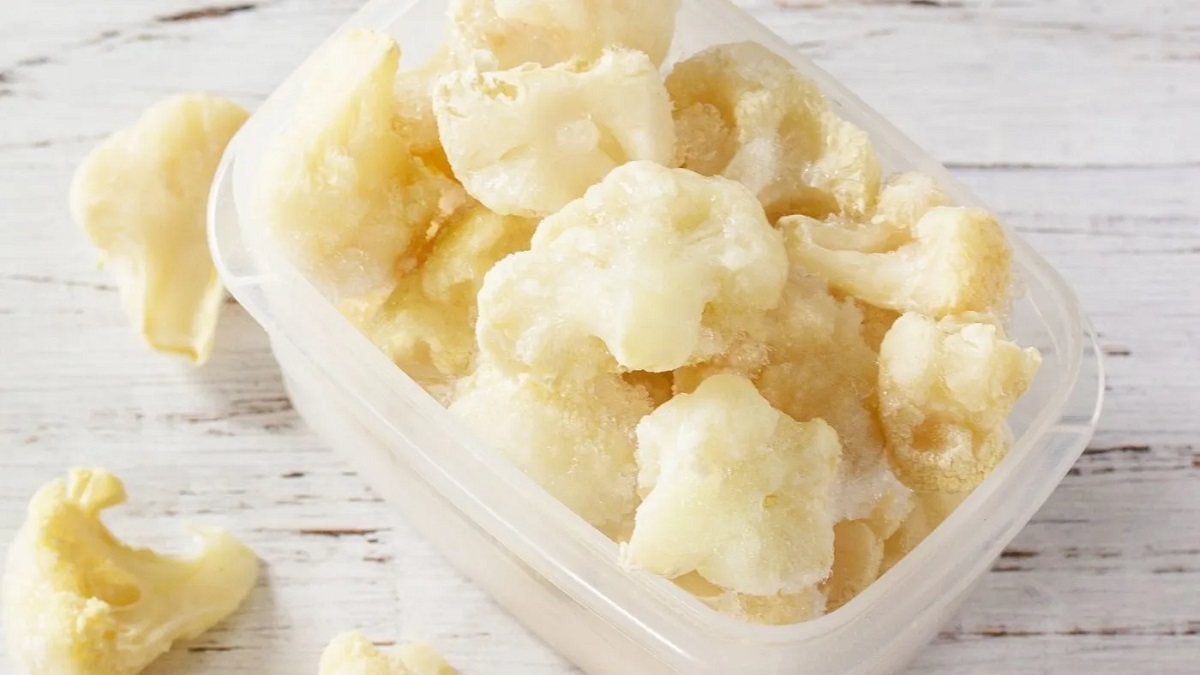
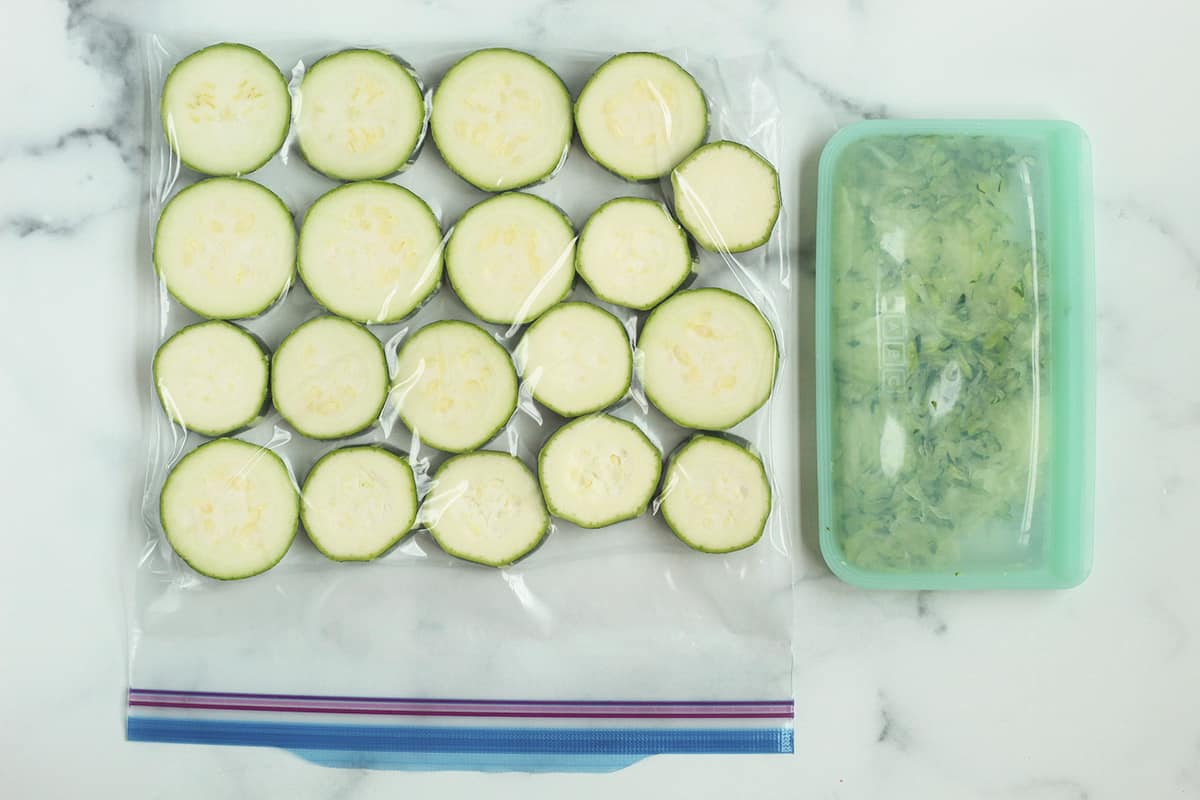
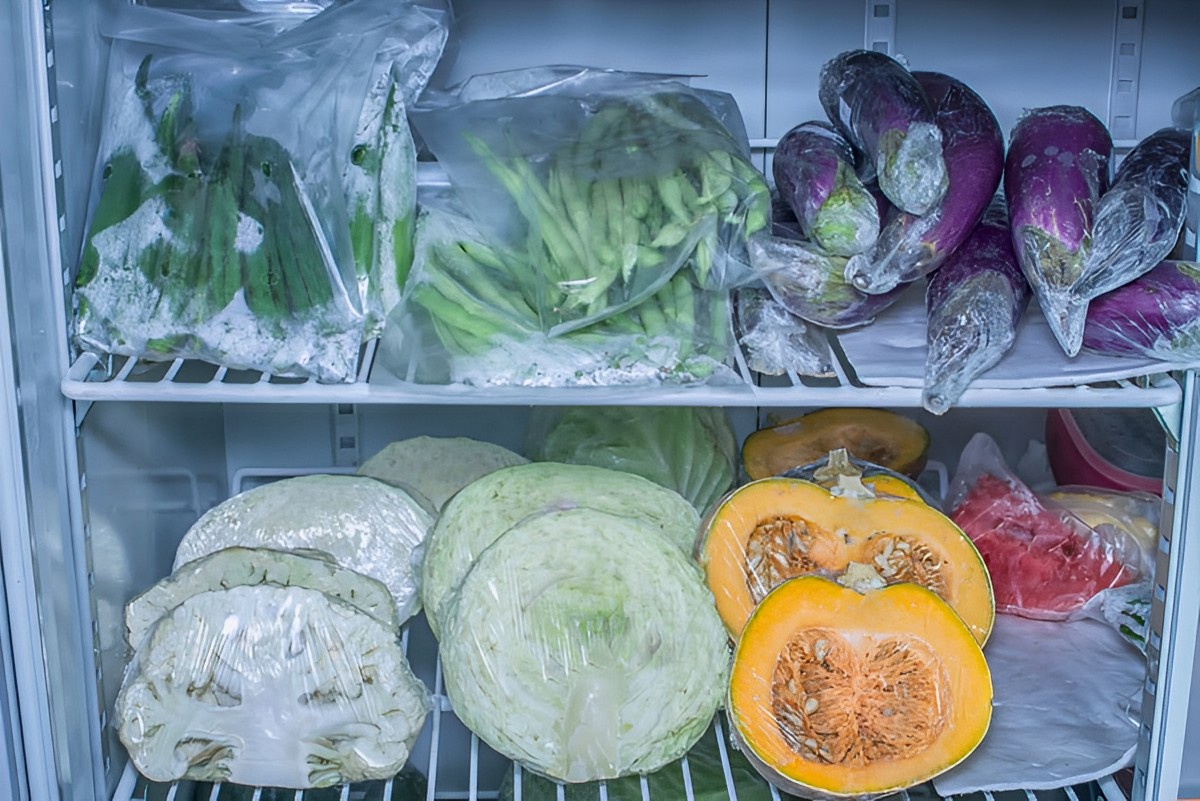
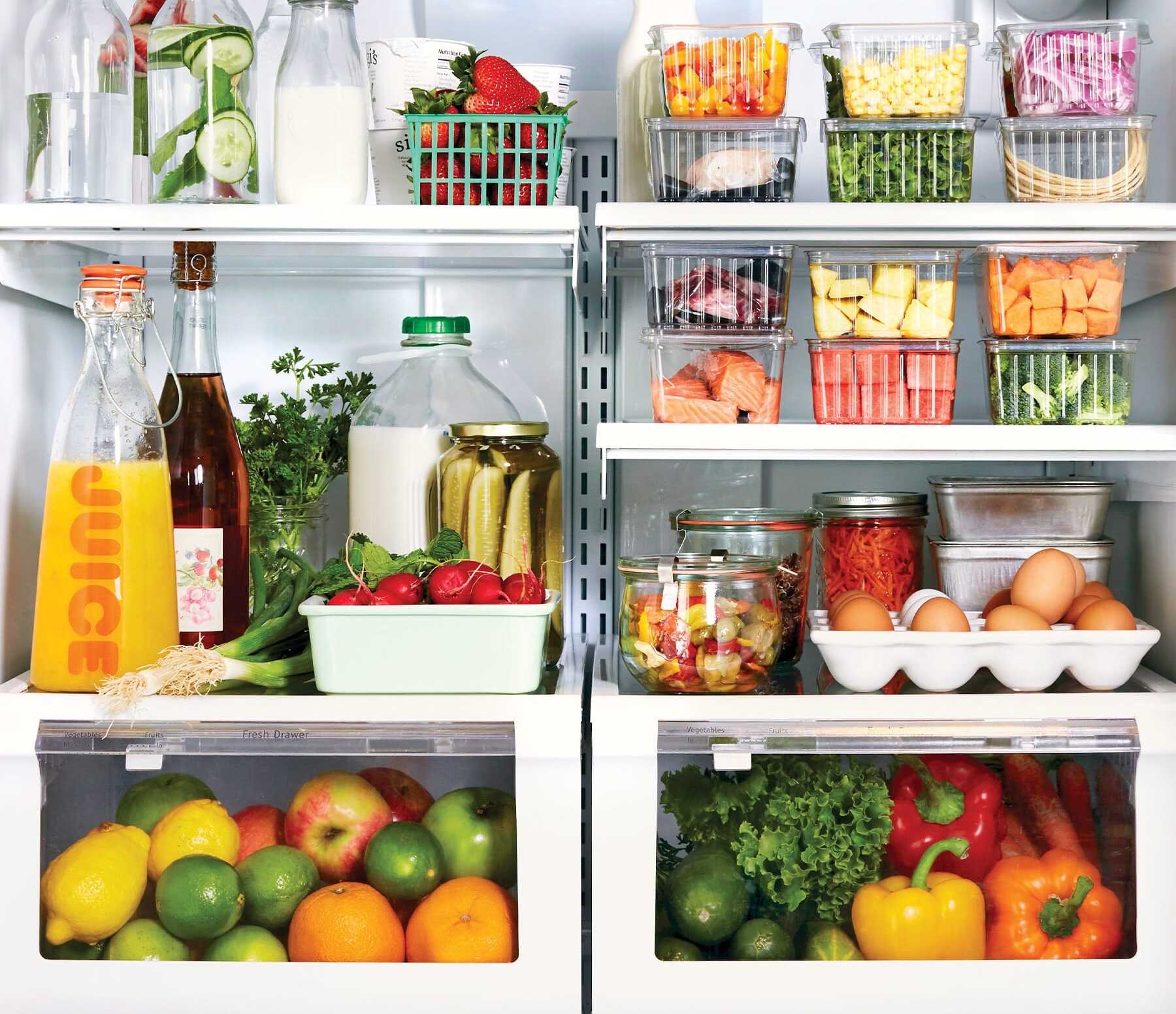
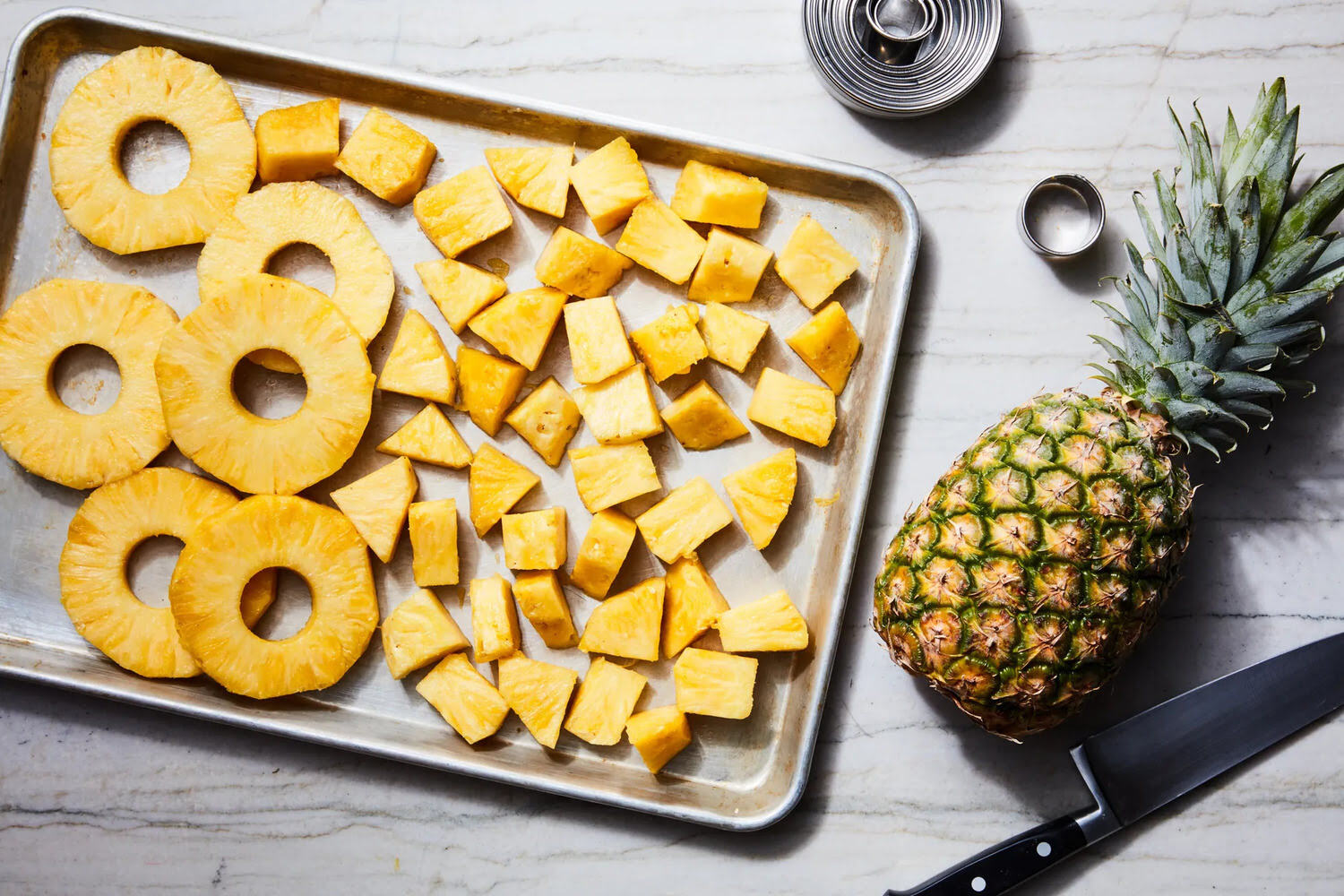
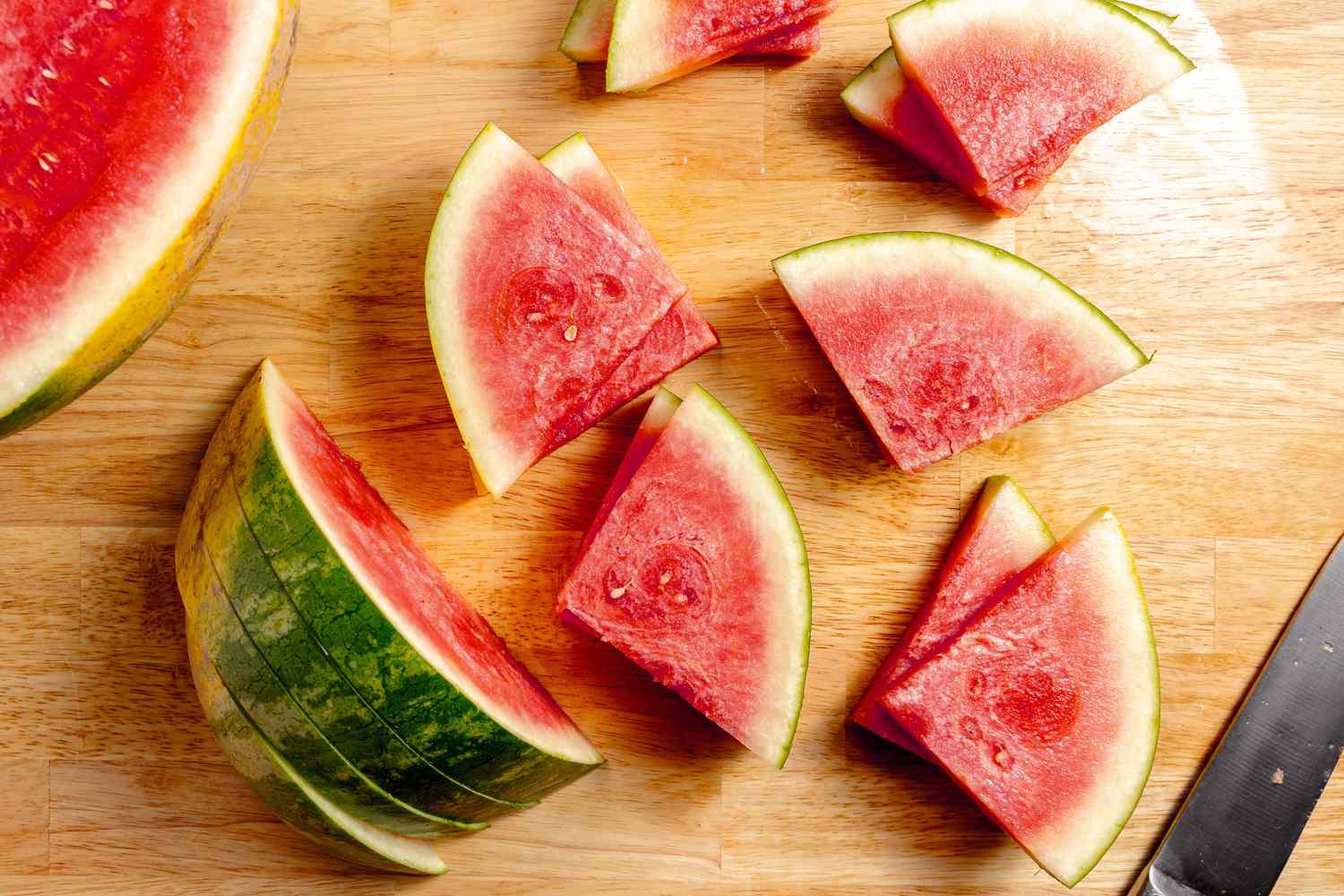
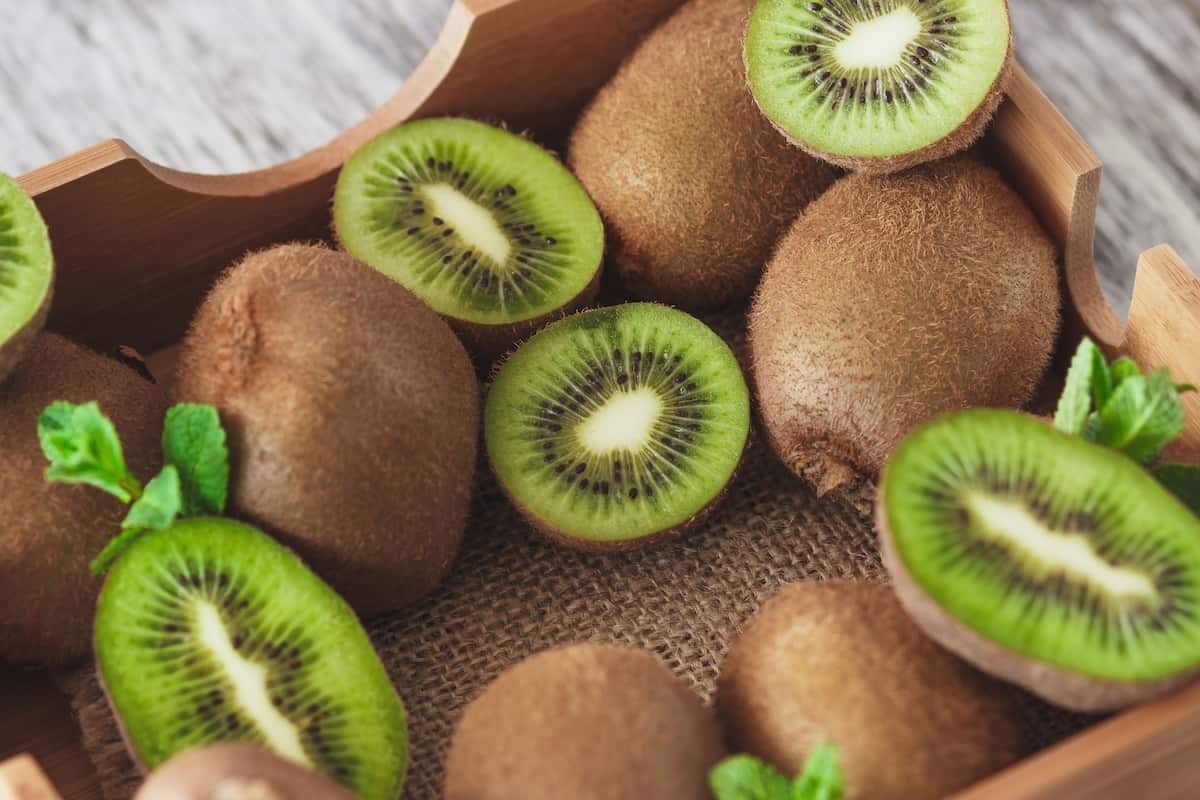
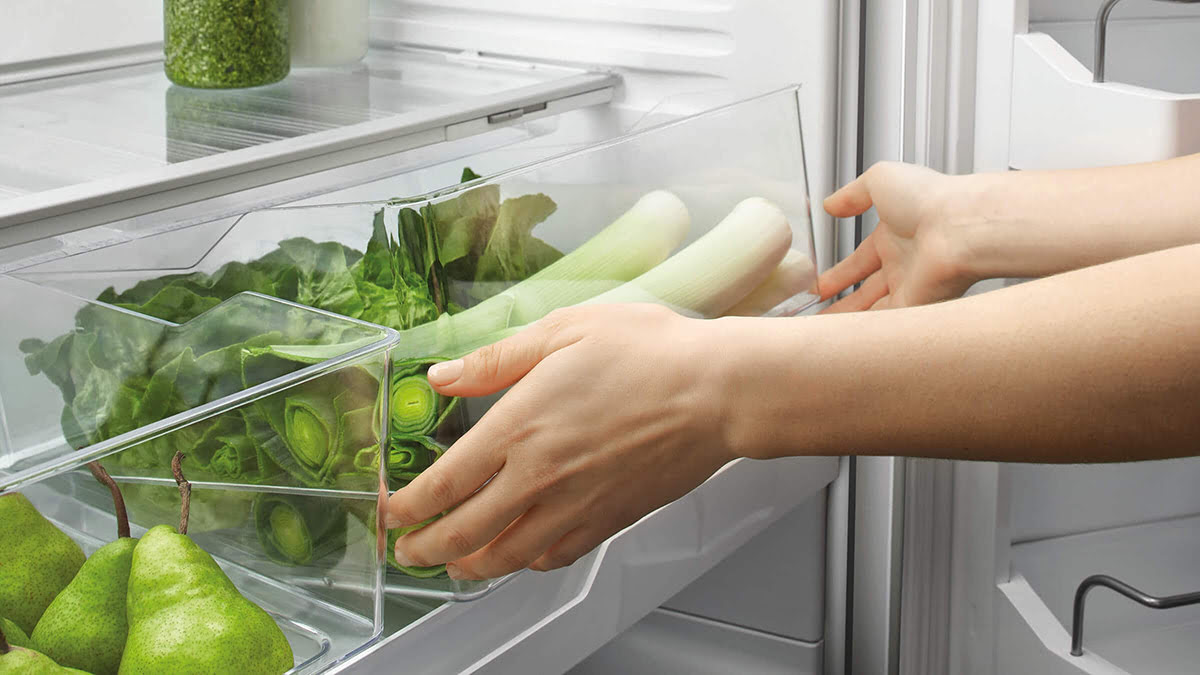
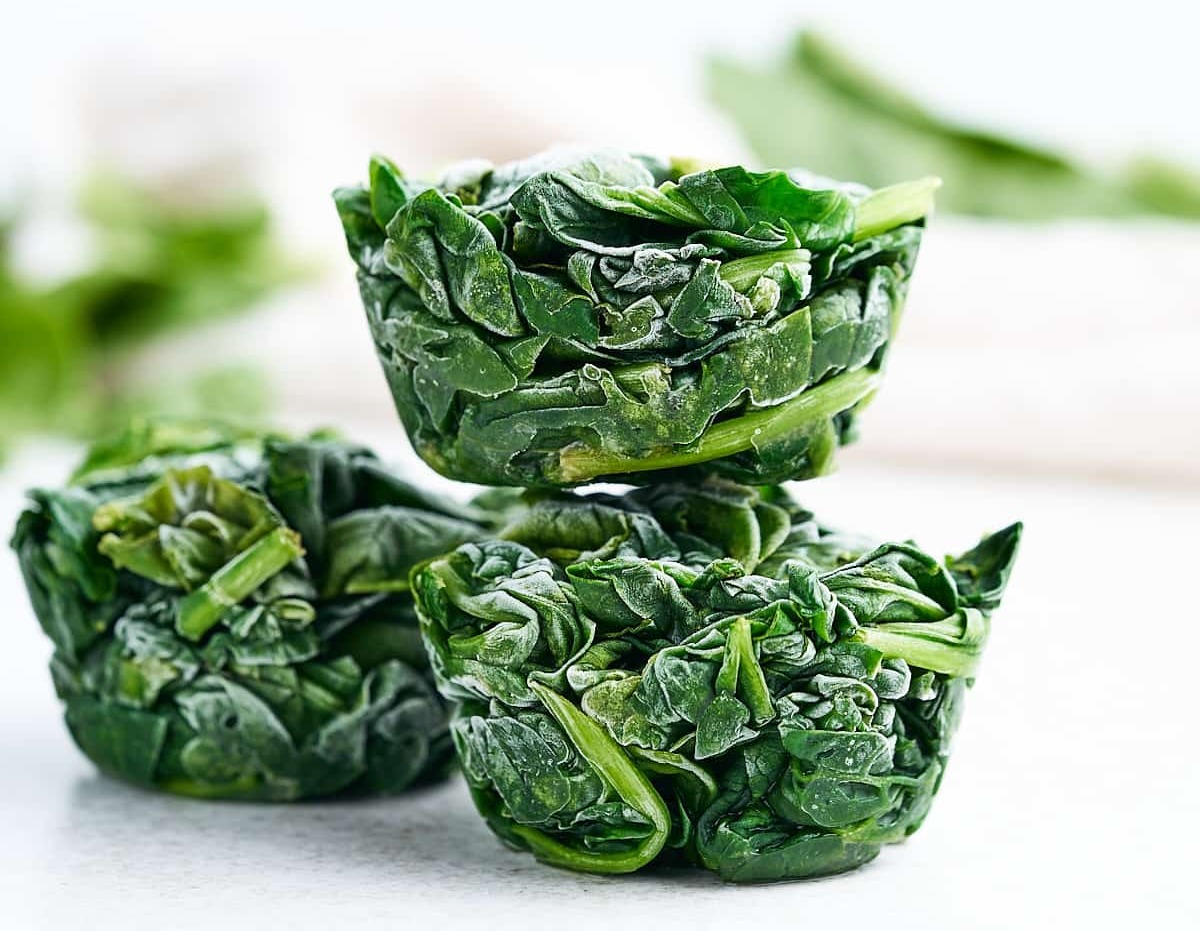
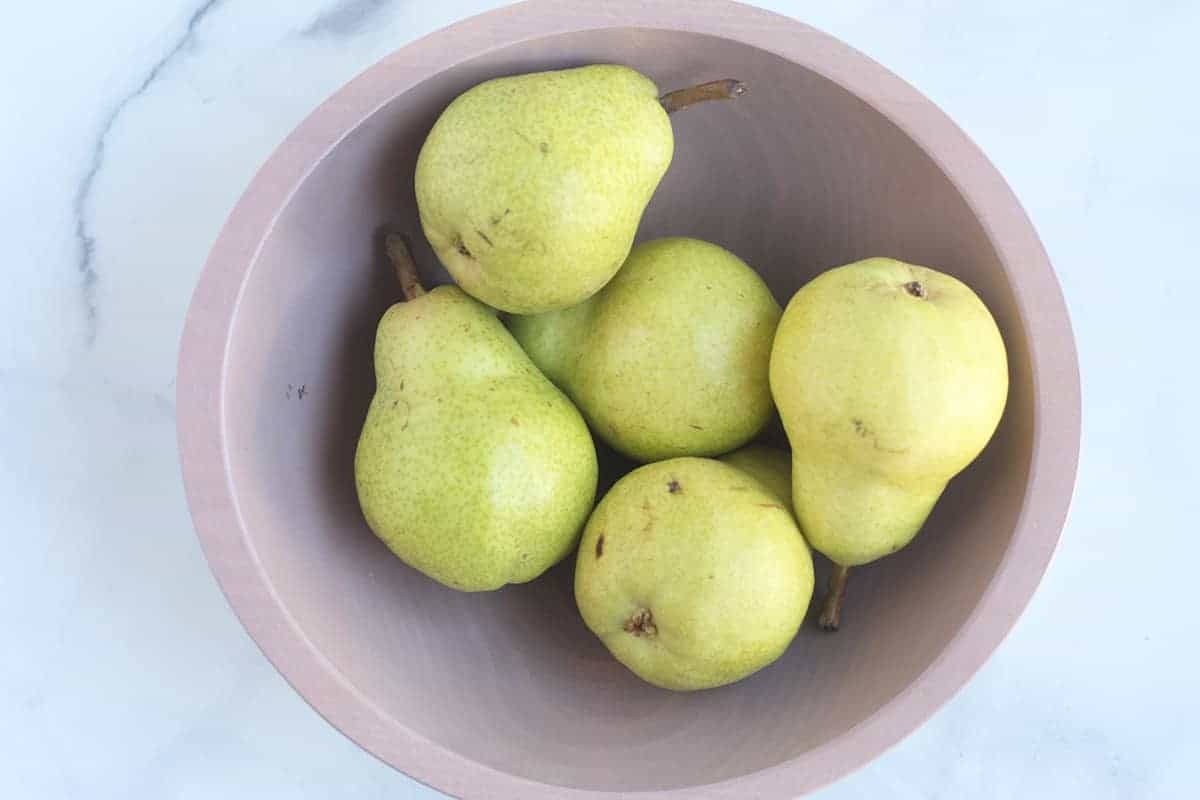





Thank you for this comprehensive article. It answered all my questions, and then some, about storing cut vegetables.